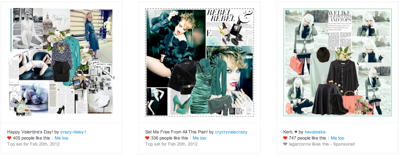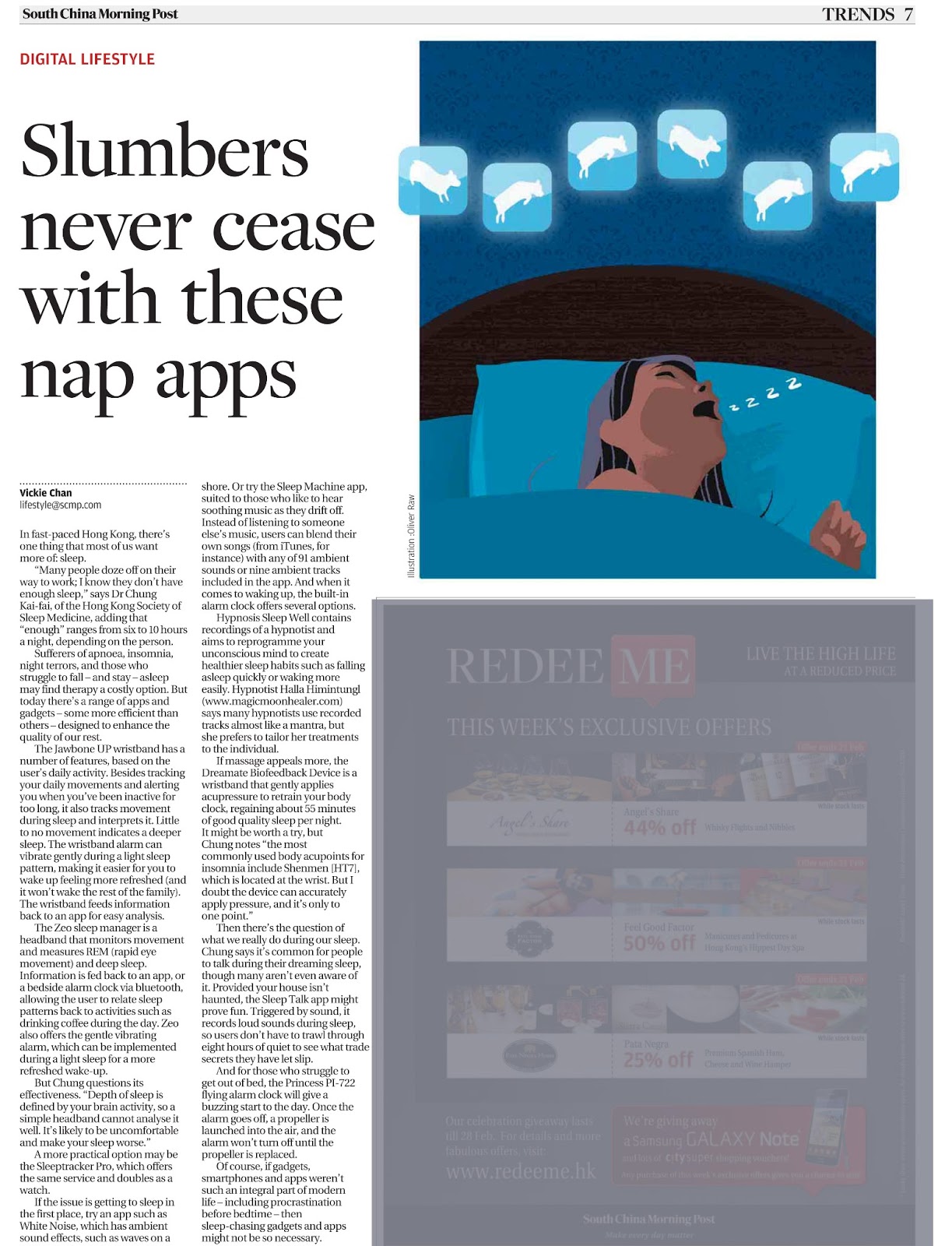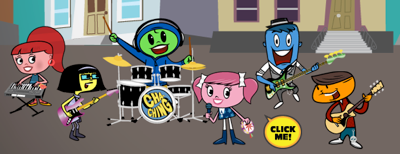We weren't sure what the audience for PyC #3 would be like – since we'd combined with Social Media Week, we knew we'd be drawing in a different crowd to the eclectic mix we normally attract.

We were grateful that XXX in Sheung Wan was the perfect venue for us: Collapsable chairs, lounging couches, one projector for presenters, another for the TBWA Socializer. What more could we ask for?
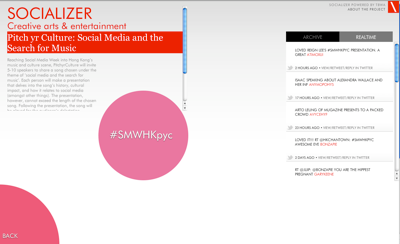

Searching in Chinatowns everywhere
We got under way with Adam Cheung (writer, programme editor at RTHK and 80s Canto and J-pop junkie). He doesn't download music, preferring to buy CDs (he enjoys the pleasure of unwrapping and playing it; he respects the musicians). But he's not an idealist, he can't avoid Hong Kong's storage space issues anymore than anyone else.Along with a great story and sense of humour, Cheung brought along a 13-year overdue cassette tape from the main library in Toronto, which he waved around as he walked us through his teen years. In fact, Cheung was born in Hong Kong, but his parents tricked him into moving to Toronto, in 1989, by prefacing the move with a holiday around the USA. In the '90s he started to yearn for Cantopop and J-pop, finding random music in Chinatowns everywhere: Toronto, Boston, Montreal... all in the dollar boxes. (Now days, he roams around the Sino Centre (Mongkok) and Sham Shui Po.
Come 2007, YouTube entered his life, where he found old songs. Cheung points out, like many music fans, that things that were hard to find, are now searchable - and he misses the search. But he did find himself in an '80s canto music video for Sam Hui's 許冠傑, 甄妮 - 無敵是愛 on YouTube. He was about 6 at the time.
Three degrees of collaboration
Ching Chong
The next presentation was set to be the funniest of the night. Artist and curator Isaac Leung hit the topic on the spot with the statement "social media can punish and reward you!"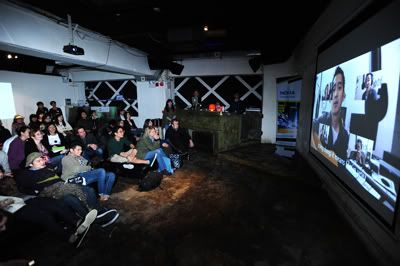
Before making us laugh non-stop for four minutes, Leung emphasises his initial point: "You'll also find stories online of people fired over social media." Wallace chose to stop attending classes at UCLA.
Hong Kong loves Facebook
Our fourth presentation came in Cantonese, along with a bilingual presentation, something that PyC is always grateful for (and perhaps a first for SMW?). Arto Leung (founder of Mugazine.net) talked about the sharing of information – and how Hong Kong loves Facebook (it's so true). But, echoing Cheung's sentiments, there's no surprise like finding the record you wanted.That said, the Internet makes people "honest". They say when they hate an album... they complain and share, the like and share. So it changes society in a way. In keeping with his native-language presentation, Leung plays 困局 (dilemma) by local act, Ni.Ne.Mo, who were present at the event. Their song reminds me of Bloc Party.

While it's convenient, sharing music on YouTube has also helped her to make new friends. "There's no need to promote and spend - just ask friends to share. I hope I will make more original songs of my own, too."
The silent approach

Lee's social networks are real; human. While interviewing Aimee Mann recently, the conversation lead her to recall an old song she loved: Joey by Concrete Blonde. So from one social network, to another, we hear the song that deeply inspired her as a musician.
Being human and socialising: We all need to be loved
Our final presenter (almost ironically) presents The Smiths' How Soon Is Now. I say that, because Stuart Lennon (Senior Communications Manager for Animals Asia; Singer/ songwriter; Co-host Crosswires HK) willingly jumped onto the PyC roster just a week before the event.In his early days, Lennon was all about distortion and screaming – so he didn't know this song in '84 when it first came out as a B-side. As a punk/ metal/ anything heavy fan, Indie and Britpop wasn't his thing - and so he admits to first hearing this song as a cover by metal act paradise lost.
But his friends all loved Indie and Britpop, so it was almost peer pressure that lead him to embrace the original. He decided it was one of the best music videos he'd seen, blending audio and visual, yet ironically, The Smiths hated it and pretty much disowned it.
But that's just fodder and Lennon gets to the point. "The chorus lyrics speak to two key aspects of being human and socialising".
You shut your mouth, how can you say
I go about things the wrong way?
I am human and I need to be loved
Just like everybody else does
"The first half speaks to Internet trolls. The second is the flip side of the human condition – wanting to connect, be in tune. Hating and loving. That's why we constantly check our Facebook to see how loved we are – or tweet about tweeting."
He finishes poignantly, "its a shame that as we use these social networks, we forget that as we want to be loved, everyone else does."
// Wait – he has an end note: "By the way, I stole my images from the Internet, but i don't illegally download music. And I made this presentation using an app on my phone."//

